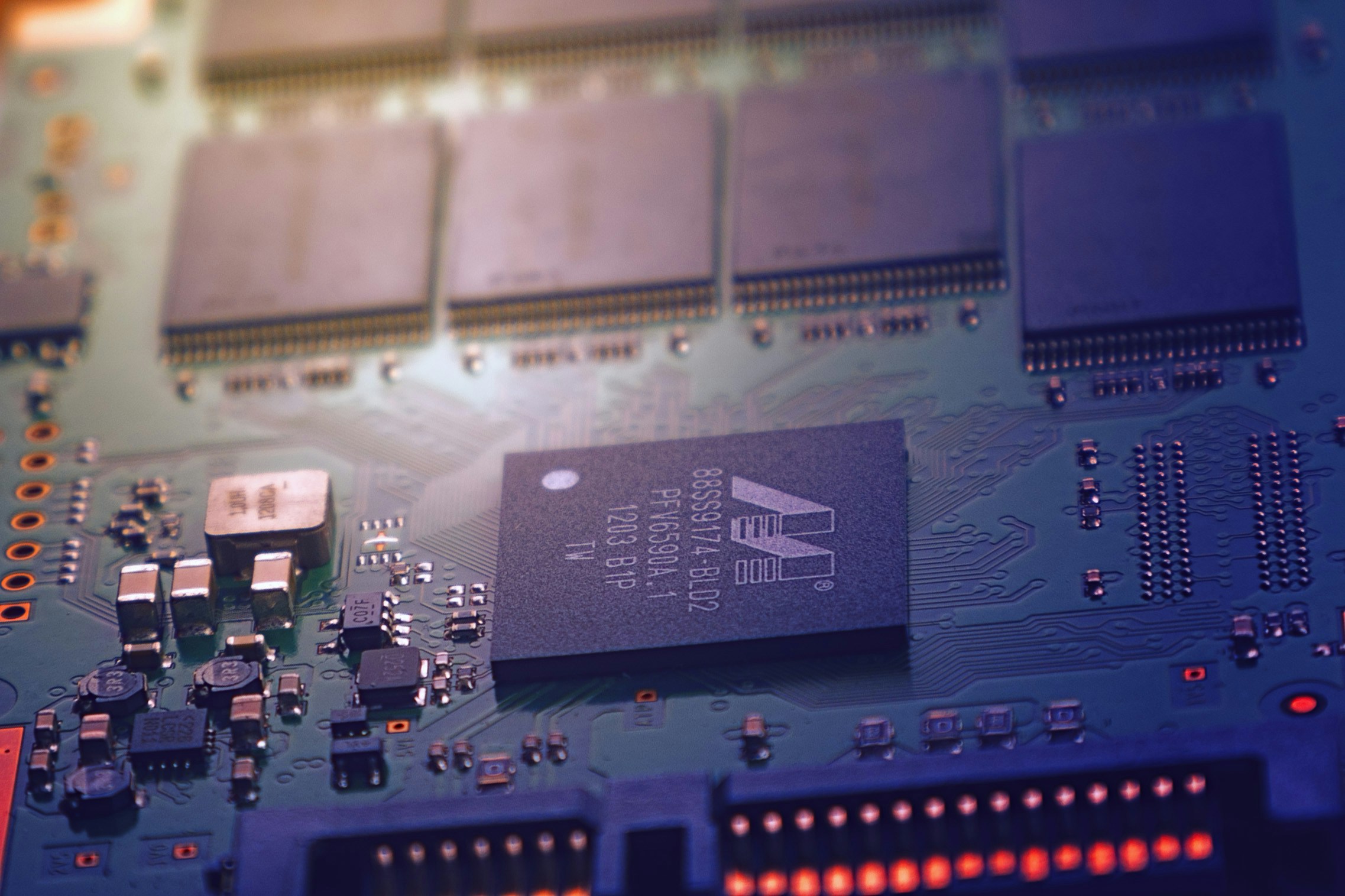Light-Powered Computers: Illuminating the Future of Computing
The advent of light-powered processing is set to blaze a trail in the world of computing. This promising prospect, though largely overshadowed by more mainstream tech topics, holds the potential to redefine the way we understand and interact with computers.

A Ray of History
The concept of light-powered computers isn’t new. The idea traces its roots back to the 1980s when scientists first attempted to leverage the power of photons—the light particles—to carry out computations. Known in scientific parlance as “optical computing,” this method promised unprecedented speed and efficiency, given that photons can move much faster than electrons, the traditional workhorses of computing.
The idea seemed brilliant—literally and figuratively. However, the road to realization was fraught with challenges. Translating abstract principles into a fully functional, reliable system proved more complex than anticipated, leading to a temporary halt in further developments.
However, with the recent breakthroughs in photonic technology, the dream of light-powered computers is flickering back to life. The advances in nano-optics and quantum photonics have provided scientists the tools to manipulate and control light at an incredibly small scale, opening up new possibilities for optical computing.
Shining a Light on the Present
As of 2021, several tech giants and start-ups alike are diving back into the realm of optical computing. The renewed interest in this field is fueled by the increasing demand for ultra-fast, energy-efficient computing, a need that traditional electronic-based computers are struggling to meet.
One of the most noteworthy advances in this field comes from MIT researchers, who have recently developed a chip that can perform computations using light. Dubbed as a “photonic microprocessor,” this chip represents a significant leap forward in the journey towards practical, affordable light-powered computers.
The Price of Progress
While it’s early days for light-powered computers, initial estimates place these machines on the higher end of the price spectrum. Given the technology’s nascent stage, the costs of research and development, coupled with the intricacies of manufacturing, are expected to drive up the price tag.
However, once the technology becomes more widespread and refined, the costs are likely to decrease, making light-powered computers a more accessible option.
The Bright Future
The potential market impact of light-powered computers is vast. Beyond providing faster and more energy-efficient processing, this technology could open up new avenues in areas like quantum computing, data transmission, and machine learning.
In conclusion, while light-powered computers may not be set to hit the market just yet, their potential is undeniable. As technology continues to advance, we might soon see a day where our computers run on the power of light, illuminating a whole new era in the world of computing.
Remember, in the ever-changing landscape of technology, it’s often the most overlooked innovations that shine the brightest. And light-powered computers are no exception.




